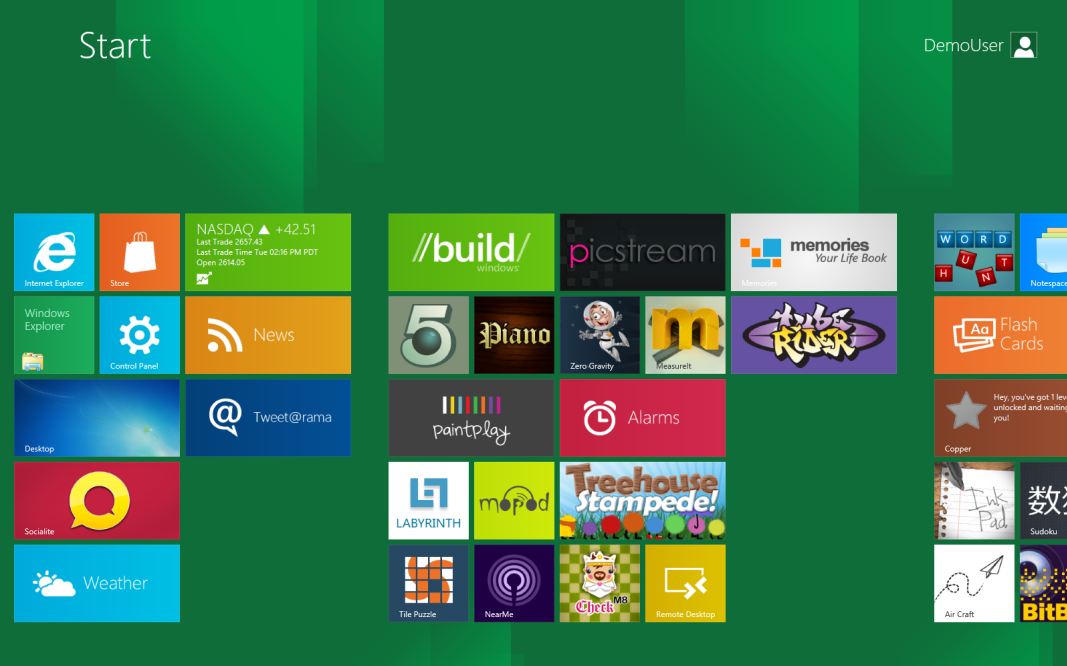Metro UI – 21st Century Revolutionist
Microsoft has not so suddenly introduced the Metro style user interface (UI) to the masses via the Windows Phone, updated Xbox menu navigation and the soon to be released Windows 8 CTP (the developer preview is available here). A few things come to mind with this new UI namely its ability to foster interaction by touch rather than with the typical keyboard and mouse. Bill Buxton is definitely a proponent of clean design and one who thinks more about the social experience one has with the UI rather than emphasizing the product’s features and capabilities.
Of course design is subjective but my view is that Metro is a major step forward in terms of usability as well as reaching a broad array of devices. I believe the live tiles are beneficial as it eliminates the need to constantly check for updates as well as chrome less applications that focus on the content and not the peripherals.
What should be noted is that the Metro design is more of a philosophy as opposed to a hard and fast mandate of how applications should be created. Sure, there are guidelines but it’s the overall theme/concept that should be understood. The principles are simple really, whereas the information being portrayed should be clear, easily accessible and the application should have an engaging experience.
Inevitably Metro will be (and already has been) compared to Apple and Google’s UI. Is one better than the other? It depends. There are advocates and detractors in both camps and there is certainly no shortage of passionate responses by each group however if you look closely at Metro, it’s movement away from a sea of icons to tiles that are composed of panorama and pivot components (among others) is a perfect marriage.
Now no matter how good a design framework is developers, first and foremost need to be recognized and brought into the fold. Look no further than Apple’s App Store as those “apps” didn’t develop themselves and having the developer community onboard is essential. Therefore, incorporating HTML5, JavaScript, CSS along with the .NET Framework (i.e. C# and/or VB) will provide a wide range of developers the opportunity to use the tools and technology they’re most comfortable with and not force an additional learning curve.
So what does the future hold for Metro? Well if the cross-product group implementation is any indication it appears that it will become the de facto standard. While I don’t have a crystal ball to peer into the future, my hope is that Metro will resonate not only with end users but developers as well.
For more information about application development concerning Metro and the design guidelines, please visit the following sites:

